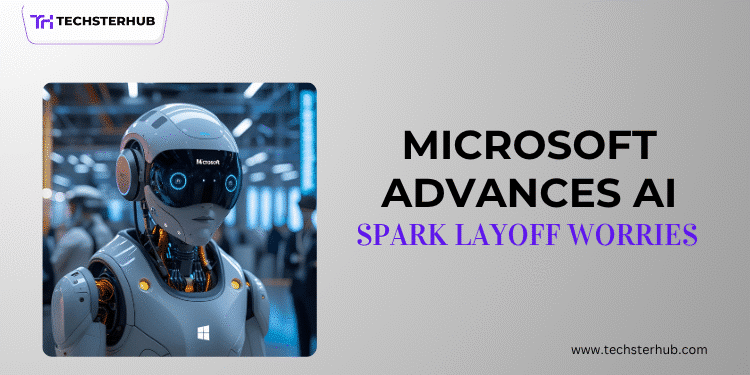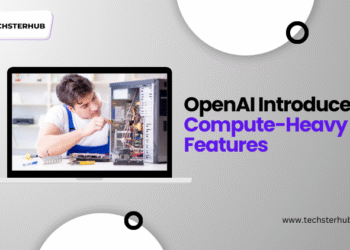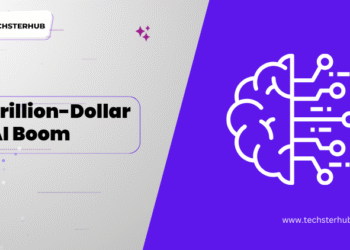The Microsoft Corporation has caused attention around the world this week when the company announced huge workforce slashes and yet it speaks of its all-time high output and cost saving with the help of artificial intelligence (AI). The technology goliath has also shared that it saved more than 500 million dollars in the last year due to AI integration of its processes, especially its customer service department, software development and sales.
The timing of the announcement, however, together with thousands of layoffs has led to renewed discussions that are worrying people about job security in an AI led economy.
Soaring Investments in AI that lead to Major Layoffs
Microsoft announced to reduce about 9,000 jobs or close 4 percent of its workforce worldwide, the largest layoffs in the company in many years. These positions affected are in different departments and the most affected include sales, customer support and engineering.
This is part of the wider strategy of Microsoft, which has been transferring their resources to AI infrastructure and cloud-based services. This year, the company is spending more than 80 billion dollars on increasing data centers and computing to accommodate AI services such as Microsoft Copilot, and Azure AI.
AI Savings and Performance Gains
Nonetheless, the layoffs will not prevent Microsoft executives from advertising the blistering progress and speeds realized by means of AI:
- Automated call centers: AI-based bots have helped address more than a million customer enquiries, resulting in a significant reduction in operating expenses and the time allocated to humans by more than 500million dollars per annum, as one recent report on Bloomberg read.
- Software development: Microsoft noted that about 35 per cent of all new code created in the company-wide software product development teams is now created using AI-powered development tools. It said new-code development cycles are up to 3 to 4 times faster using AI-supercharged development tools.
- Performance in sales: AI tools have been able to assist the sales representatives through automating their operations like lead qualification and tracking the customer interactions, as indicated by Microsoft Chief Commercial Officer, Judson Althoff, the latter reported a 9 percent boost in sales productivity.
Workforce Restructuring: From Sales to Solutions Engineers
As Microsoft becomes more reliant on the use of AI in business, the corporation is transforming its workforce to reflect new priorities. This includes:
- Eliminating the more transactional selling jobs.
- Recruiting the technical positions including the title of the Solutions Engineers who can independently support the enterprise clients in delivering the AI-based services.
- Encouraging internal talent to upskill in AI, cloud, and cybersecurity—a shift being supported through Microsoft Learn and third-party certification programs.
Microsoft is determined to make the layoffs part of an evolution, as opposed to mere cost-cutting.
“AI is not depriving people. It enables them to work smarter, said Althoff. We are not interested in cutting our talent, we are interested in expanding it.”
The Input of the Employee and the Public
Although the company has assured the staff, the mood has been ambivalent. On the internal front, the rate of change has caused anxiety among many employees and they are also unsure about what their jobs will be in the future.
Some of the issues to be concerned about:
- Morale impact: The abrupt lay-off has resulted in distrust and disappointment in groups especially when they make huge profits in the quarter.
- Job displacement fears: Due to the growing prominence of automation, there has been a fear of loss of jobs, especially among non-technical staff members expecting to believe in a long-term career.
- Workload pressure: The rest of the employees have stated that after the reductions they are under more pressure of work and have less resources to work with.
Business Insider talked to one senior developer, anonymized working at Redmond, Microsoft, who said:
“We moved on to create products together and now we must learn how to get twice the work done with the half the team.”
Studiotech and Gaming Division were Affected too
In addition to enterprise and software jobs, the layoffs affected Microsoft gaming division, such as the Xbox team or newly-acquired Activision Blizzard studios.
- More than 2,000 positions within the gaming industry were lost.
- There are reduced or abandoned development projects.
- The hit upon studios were that production pipelines were affected and that there was increasing worry about quality assurance of future titles.
This change also indicates that Microsoft is ready to focus more on AI than on more conventional entertainment development at least in the nearby future.
The bigger trend in Tech
The workforce shifts, which are observed at Microsoft, are also typical of Big Tech companies. Other tech giants, like Google, Meta, Amazon, and Salesforce, have done the same move in the last few months: laid off workers and invested billions in AI infrastructure.
- The industry analysts estimate that close to a quarter a million technology jobs have been lost worldwide in the last 18 months.
- As well as AI is noted to be seen as a disruptive tool and a strategic necessity in being competitive.
Even with the best revenues and profitability in their history, the majority of tech giants are cutting costs and are wagering with AI to provide the next growth spurt.
The Future depends on AI But to Whose Advantage?
The recent development in Microsoft itself is an oxymoron as artificial intelligence has not only made the operations leaner and more efficient in terms of profits, but it has also made a human worker more susceptible.
Main Implications to the Employees and Students:
- Upskill in AI: AI course is highly demanded along with writing AI programs, machine learning, data science, and cloud service work.
- Soft skills matter: In technology enhanced work places problem solving, adaptability and the ability to communicate well is the key.
- Stay informed: By learning the dynamics of AI, one would be able to be aware and ahead of the changes which in the end allows one to make a more informed decision in relation to their career.
Career advisors and learning institutions are now urging young learners even at middle and high schools to venture in to AI-related subjects at an early age.
Conclusion
The two-fold message conveyed by Microsoft has sparked off the debate across the world as to what the job landscape of the future would look like in a more machine-dominated world.
The company stands its grounds that AI is an empowerment tool. But to thousands of workers who have lost their jobs, it all includes a sense of replacement rather than support.
Further, with the continued revolution of technology, the only question most people can ask is not about whether AI will transform the work environment, but how quickly, and at what price.











